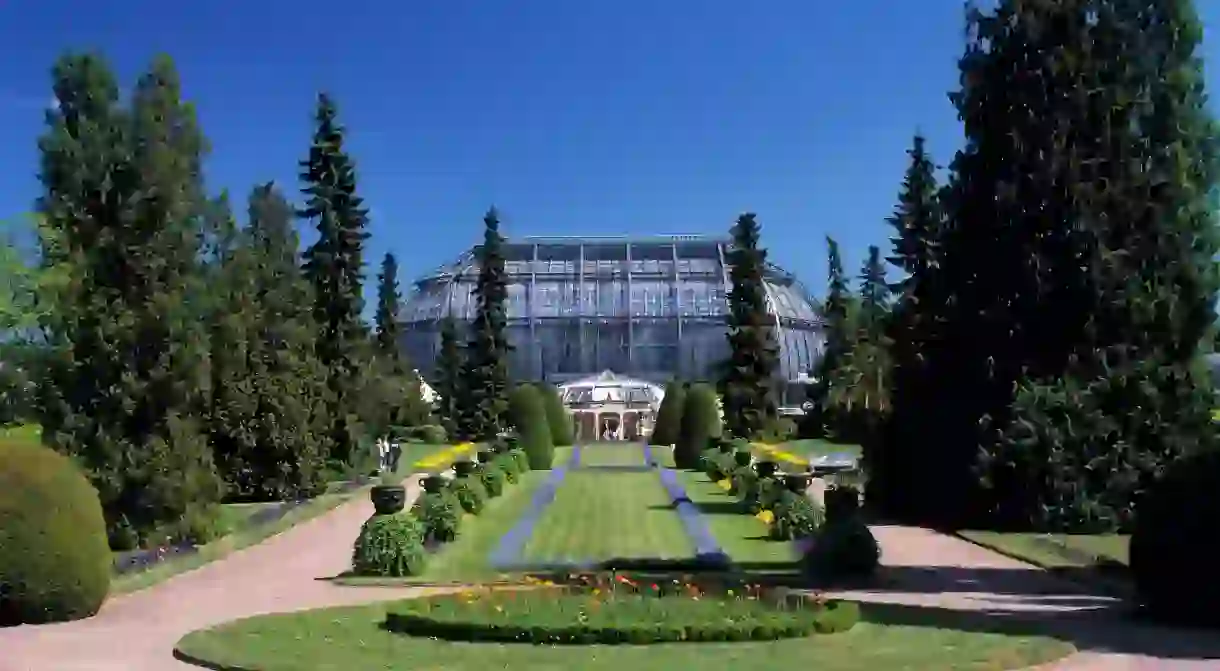The History Of The Berlin-Dahlem Botanical Garden In 1 Minute

The Berlin-Dahlem Botanical Garden sprawls over 50ha (126 acres) and contains more than 20,000 plants. In the suburb of Lichterfelde, southwest of Berlin, the garden has several large greenhouses surrounded by winding paths. Its current appearance doesn’t give away much about its past, but here’s everything you should know about the history of the garden, in one minute.
It’s one of the largest, most prominent botanical gardens in the world but once upon a time the Berlin-Dahlem Botanical Garden was just an extension of the royal palace. Back in the 17th century the kitchen and herbal garden was used to grow flowers, medicinal plants, and hops for the royal brewery.
In the early 19th century, Humboldt University of Berlin began to use the garden for scientific endeavours, creating a research centre and public displays that gave it notoriety around Europe.
When the garden ran out of space it was transplanted to its current location, and following 13 years of construction, it was completed in 1910. Built under the expert instruction of botanists Ignatz Urban and Adolph Engler, and architect Alfred Koerner, its primary purpose was to house exotic vegetation brought back from Germany’s colonies, used in research. In the decades that followed, major advances in plant sciences and pharmacology were made at the garden, thanks to its extensive collection. Despite damage incurred during World War II, the garden has remained a centre of importance for botany and its sister sciences.
The adjoining museum, herbarium, and library are still part of the Free University of Berlin, and the complex contains 16 glass buildings, each dedicated to a different genus of plant. Come here to marvel at cacti, an exquisite array of orchids, and even some carnivorous varieties. There’s also an arboretum spanning 17ha (42 acres) which includes a glorious rose garden.
Open daily, start planning your visit to the Berlin-Dahlem Botanical Garden here.













